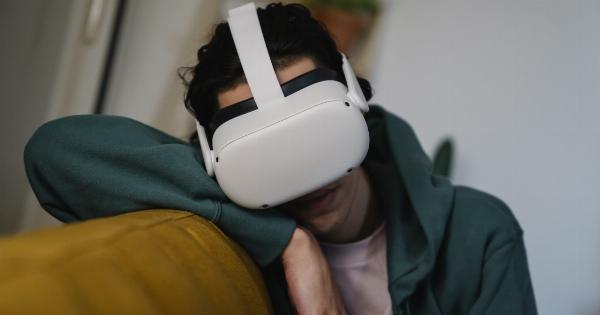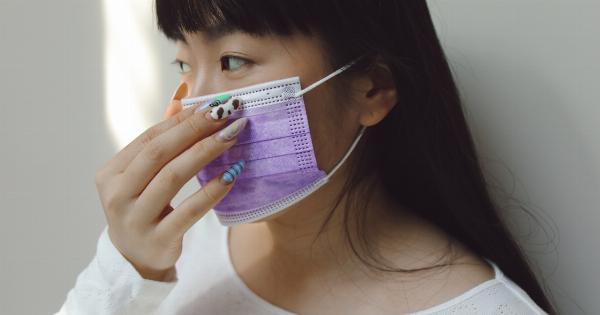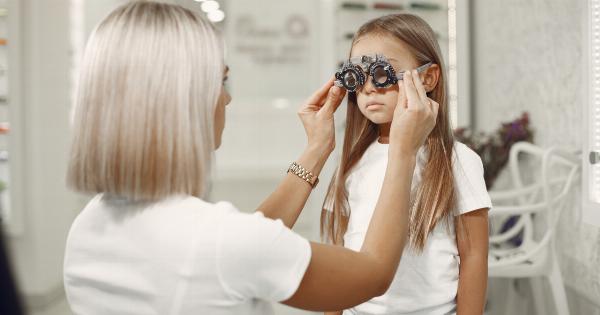Regular eye exams are essential for maintaining good eye health and detecting any potential problems early on. The frequency of eye exams you need depends on several factors, including your age, overall health, and any eye conditions you may have.
In this article, we’ll explore the recommended frequency for eye exams at different stages of life and what to expect during an eye exam.
Children
It’s important to have your child’s eyes checked regularly to ensure their vision is developing correctly. For infants, the first eye exam should be conducted at six months of age.
The pediatrician will check for any abnormalities, such as crossed eyes or lazy eye. If necessary, they will refer your child to an ophthalmologist or optometrist for further testing.
Between the ages of three and five, children should have their eyes checked at least once every two years. If your child wears glasses or has a family history of eye problems, they may need more frequent exams.
Adults
Adults should have a comprehensive eye exam at least once every two years. However, if you have a history of eye disease or conditions such as diabetes, you may need more frequent exams.
Adults over the age of 60 should have an eye exam every year to check for age-related eye conditions such as macular degeneration and cataracts.
If you wear glasses or contacts, you should have an eye exam every year to update your prescription and check for any changes in your eyesight.
What Happens During an Eye Exam?
During a comprehensive eye exam, your eye doctor will evaluate your vision and check for any signs of eye disease or other conditions. Some of the tests and procedures include:.
Visual Acuity Test
This is the most common test conducted during an eye exam. You will be asked to read letters or numbers from an eye chart to determine your visual acuity.
Retinoscopy
In this test, the doctor will shine a light in your eye and use a hand-held instrument to evaluate the reflection of the light. This helps determine your eyeglass prescription.
Slit-Lamp Examination
The slit-lamp examination is a microscope that allows the doctor to examine the structures of your eye, including the cornea, iris, and lens. This test helps detect any changes or abnormalities that may indicate eye disease.
Dilated Eye Exam
In a dilated eye exam, your eye doctor will use eye drops to enlarge your pupils. This allows for a more in-depth examination of the retina and optic nerve to detect any signs of disease or damage.
Conclusion
Regular eye exams are crucial for maintaining good eye health and detecting any potential problems early on. The recommended frequency of eye exams varies depending on several factors, including age, overall health, and any eye conditions you may have.
By getting your eyes checked regularly, you can ensure that your vision stays healthy and that any underlying conditions are detected early.



























